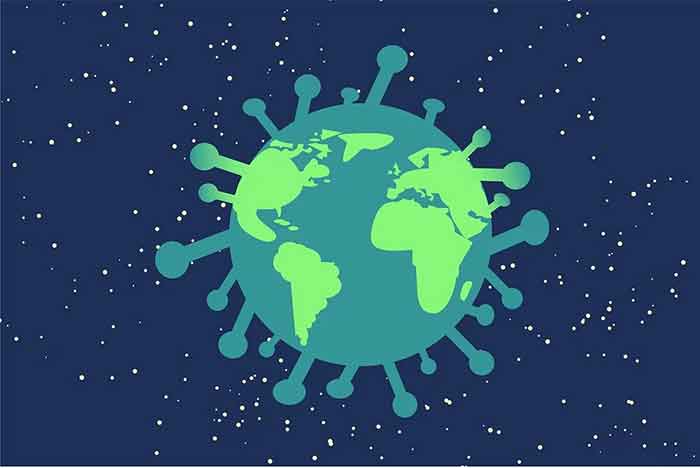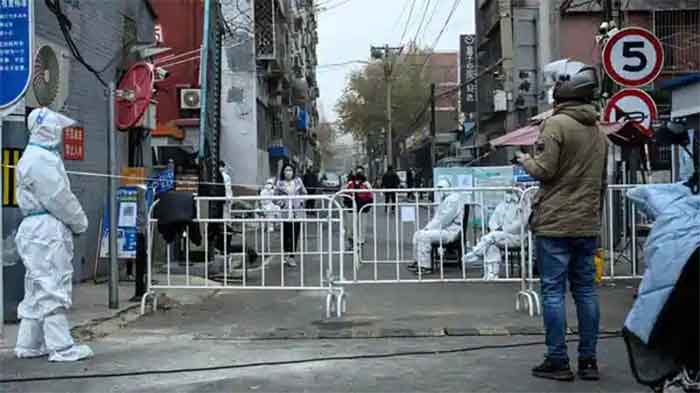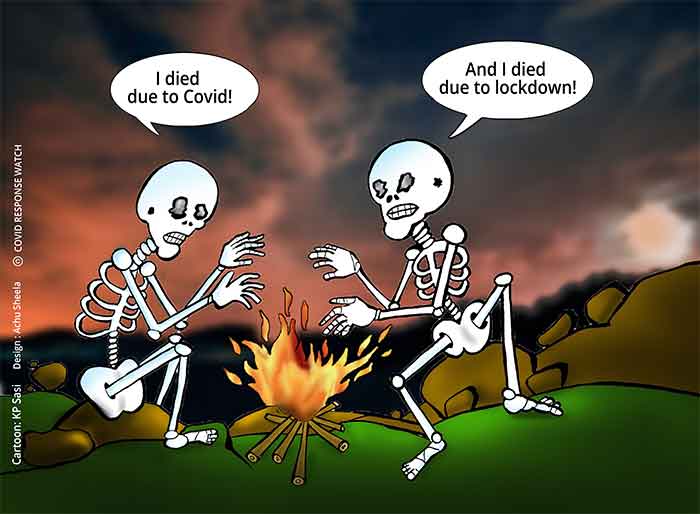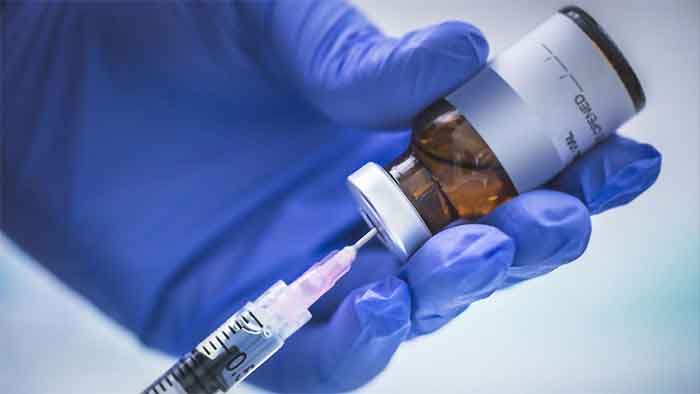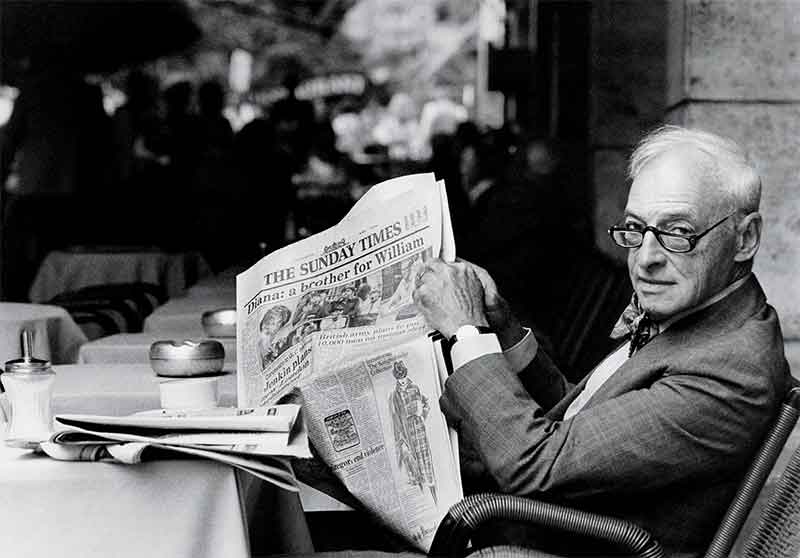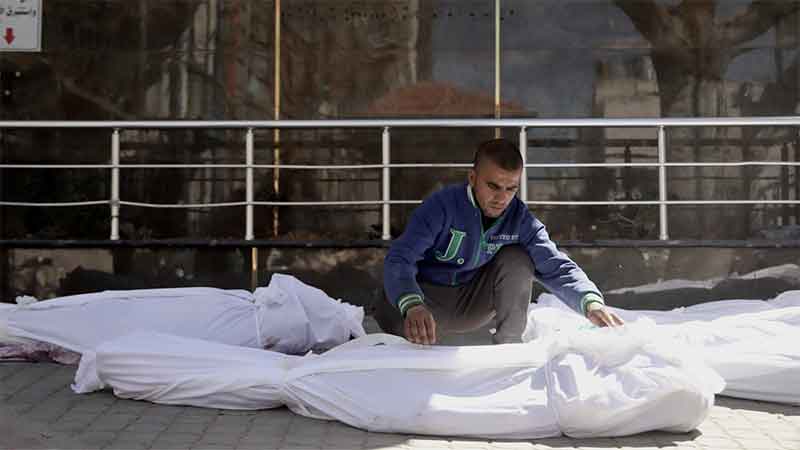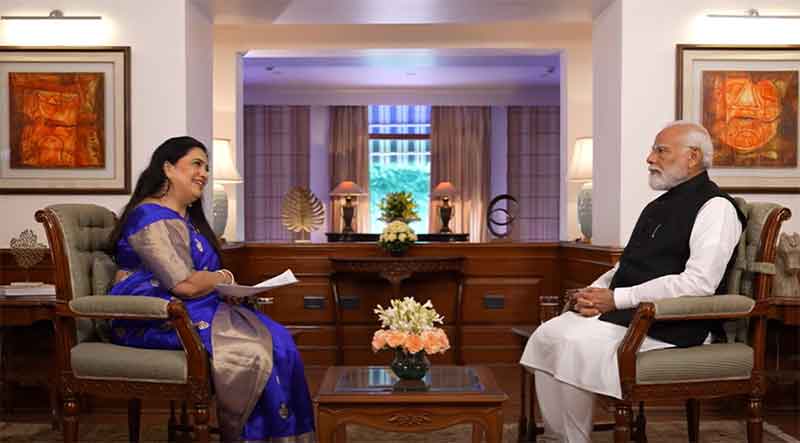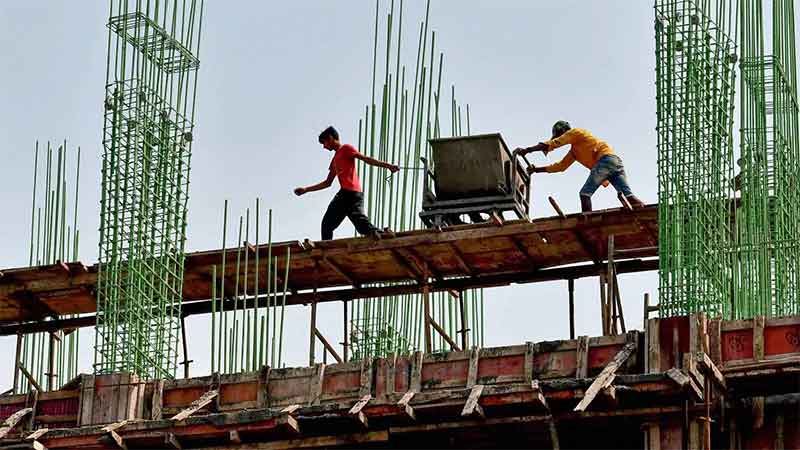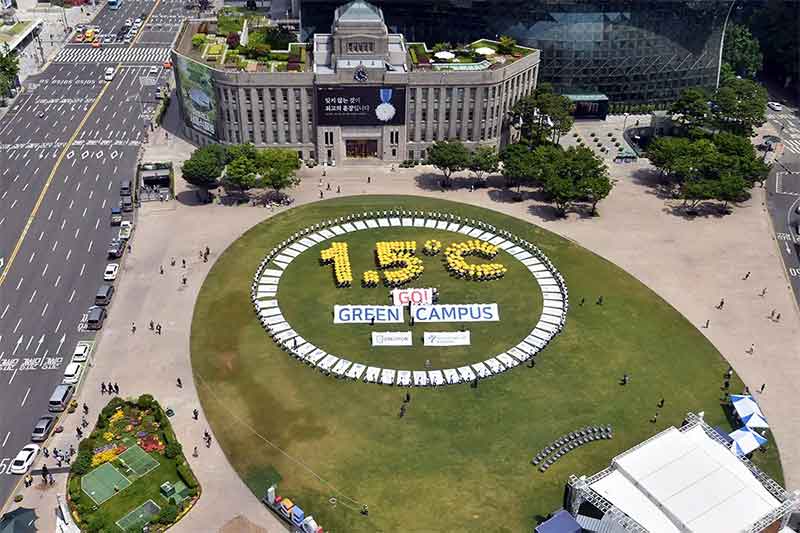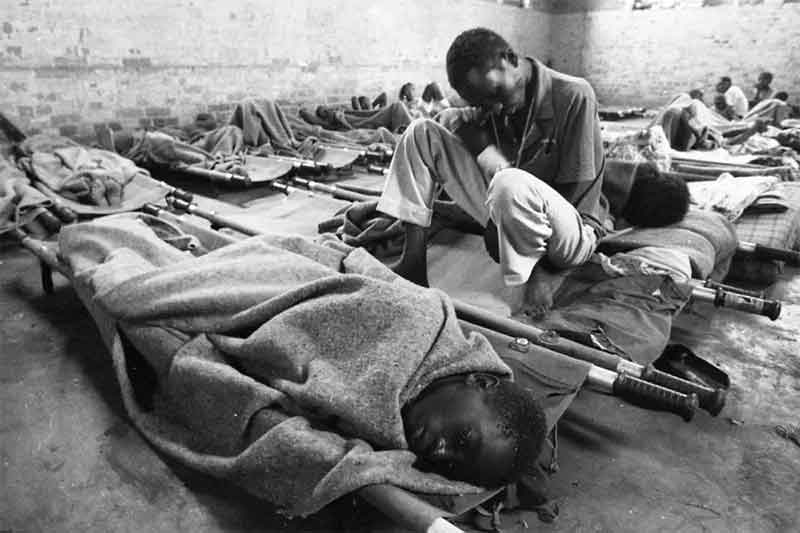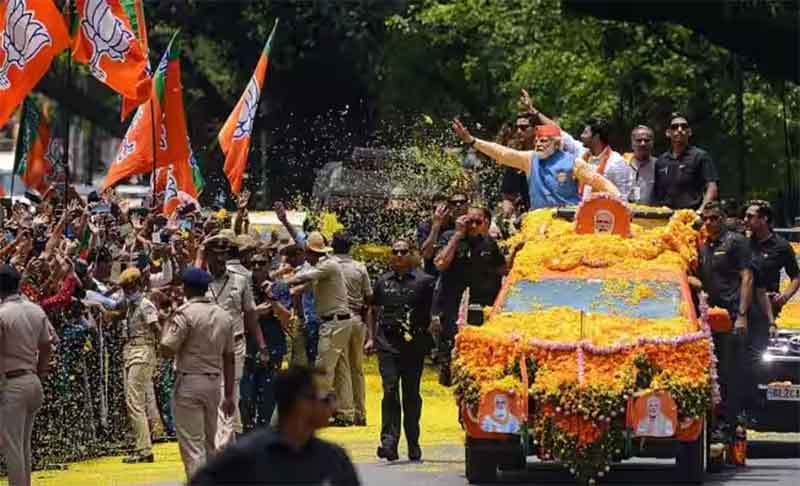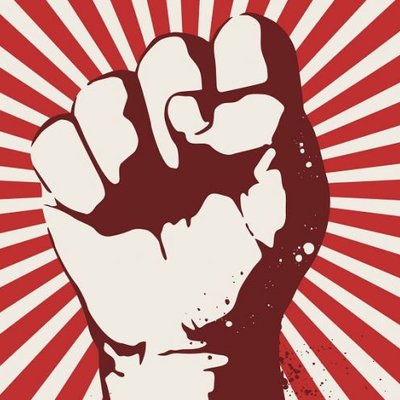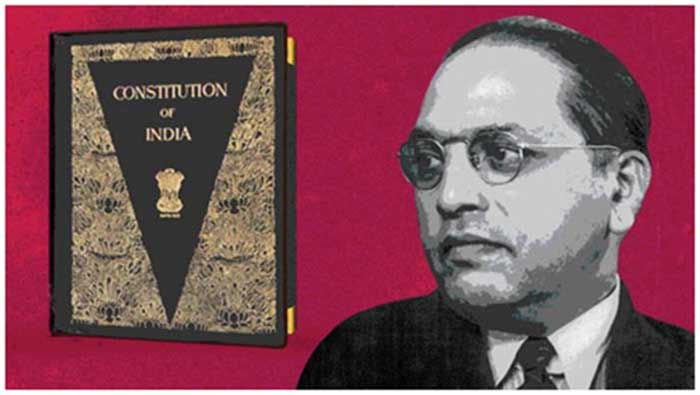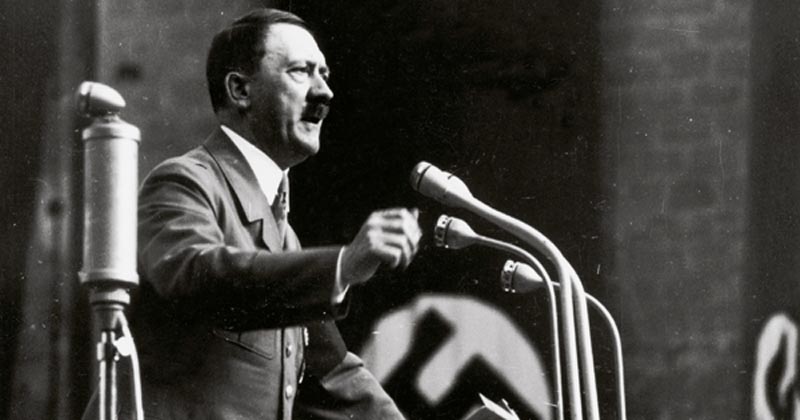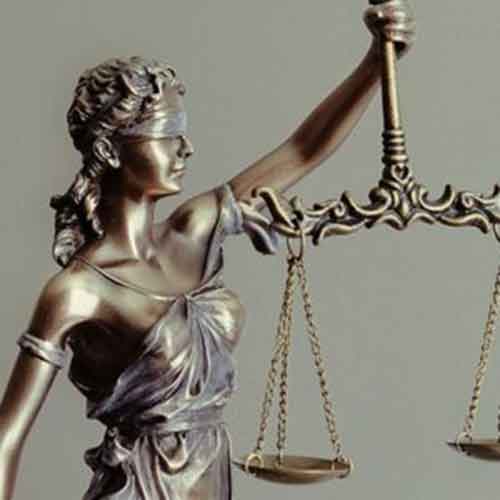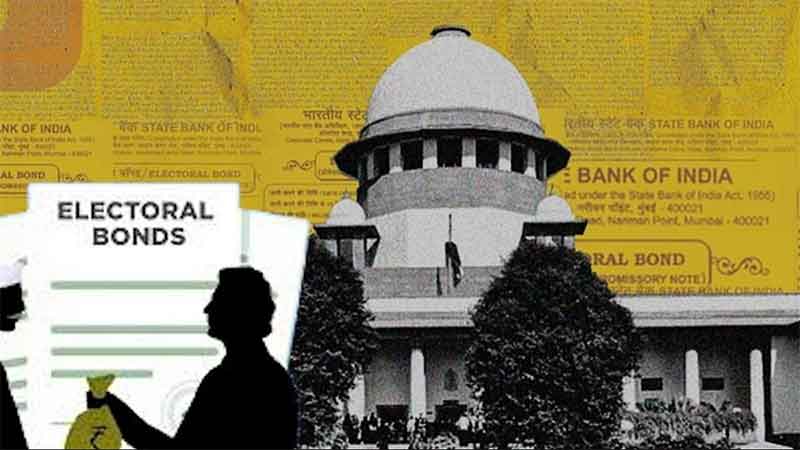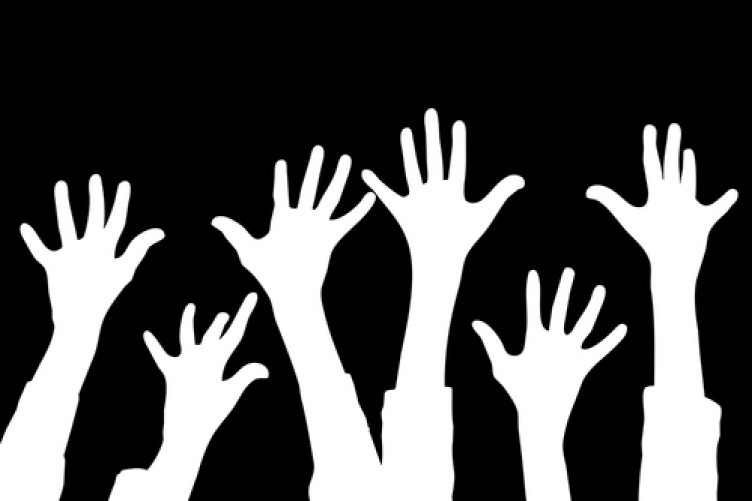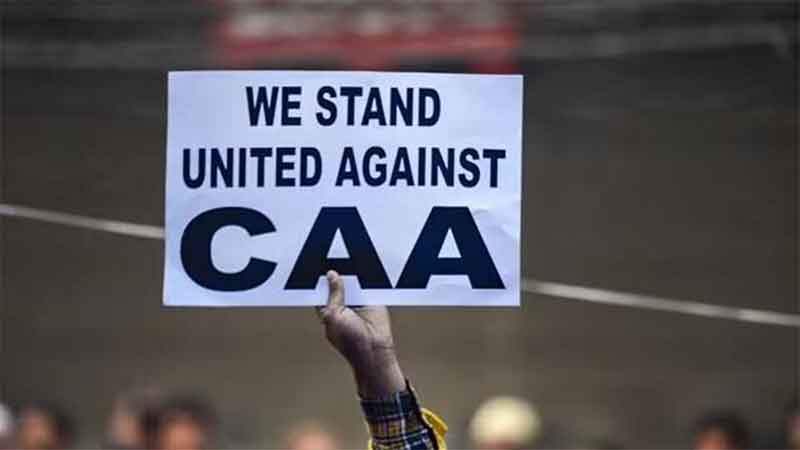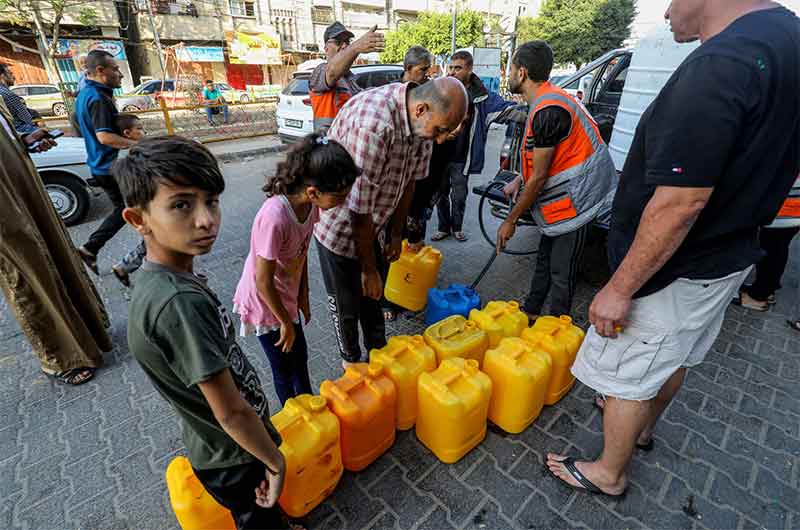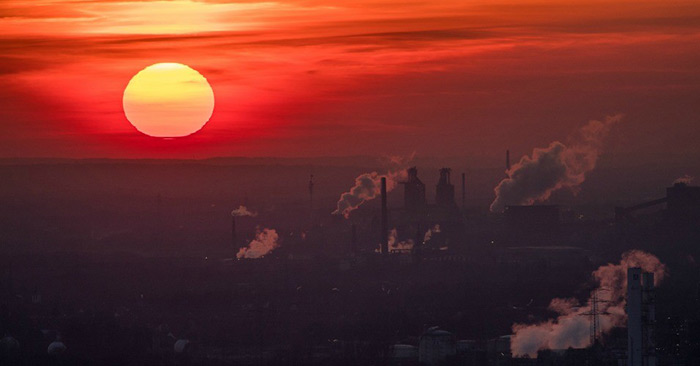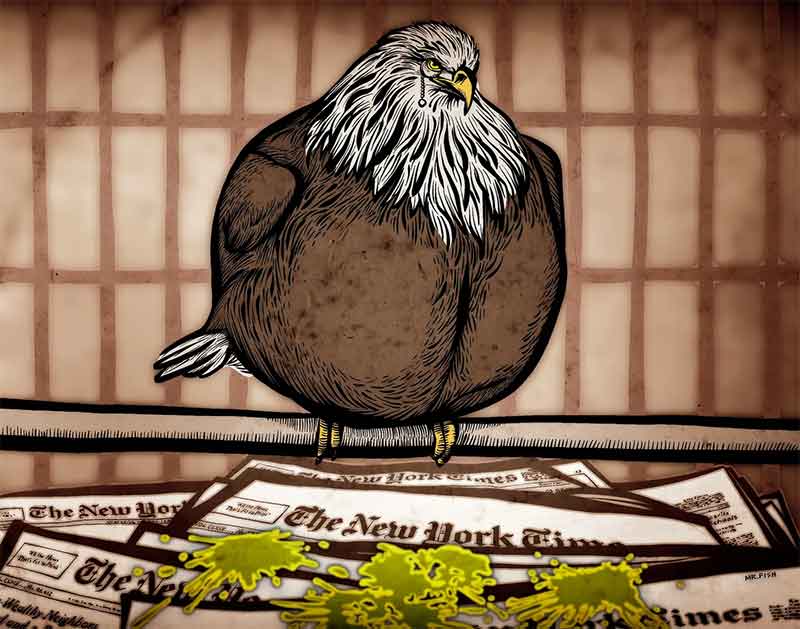The ongoing pandemic has deeply affected countries. The U.S. is no exception. Rather, impact of the pandemic on the U.S. is deeper than many countries. Three polls show a few aspects of the impact.
Fewer than 10,000
A report said:
One year ago, on the eve of the eventful day that signaled the start of the COVID-19 pandemic — March 11, 2020 — a plurality of Americans (44 percent) said the threat of the virus had been “exaggerated,” according to a Yahoo News/YouGov poll conducted at the time.
More people said their peers were “overreacting” (36 percent) than said they were “behaving appropriately” (30 percent). Just 6 percent said they had worn a mask. Nearly everyone (88 percent) predicted that fewer than 10,000 Americans would ultimately die from the disease.
Now, 12 tragic months later, with more than half a million U.S. lives lost to COVID-19, Yahoo News and YouGov repolled many of those same respondents and found that few have emerged unscathed from the pandemic — particularly in communities of color.
Deaths
The report said:
According to the survey of 1,629 U.S. adults, which was conducted March 4-8, 2021, nearly two-thirds of Americans (64 percent) say they have either contracted COVID-19 themselves or seen a close friend or family member infected. More than a third (37 percent) say they have seen a close friend or family member hospitalized, or been hospitalized themselves. Nearly a quarter (23 percent) say they have suffered the death of a close friend or family member because of the disease.
And in a sobering sign of the virus’s unequal impact, the number of white Americans who say they have been exposed to COVID-19 hospitalization (33 percent) and death (23 percent) is far lower than the number of Black Americans (47 percent/34 percent) or Hispanic Americans (52 percent/45 percent) who say the same.

Dramatic shift
The report said:
Looking back, it’s remarkable how quickly the national consciousness shifted after March 11. In last March’s initial Yahoo News/YouGov poll, just 29 percent of Americans said there had been coronavirus cases in their community; by the time Yahoo News and YouGov polled again two weeks later, that number shot up to 60 percent. Over the same period, the share of Americans who said the threat of COVID-19 had been exaggerated fell by half, to 22 percent. A full 62 percent suddenly said the opposite.
Personal behavior
The report added:
Personal behavior changed rapidly, too. Between March 11 and March 26 the number of Americans who stopped shaking hands rose from 28 percent to 61 percent. The number who stockpiled food or other supplies rose from 15 percent to 31 percent. The number who avoided crowded public places rose from 37 percent to 70 percent. Meanwhile, 57 percent of Americans stopped eating at restaurants, 67 percent stopped leaving the house except for essential needs and 63 percent stayed 6 feet away from other people in public places.
Political divisions
The report said:
Yet even then political divisions were emerging that continue to define America’s pandemic response today.
Among Republicans, 58 percent initially believed that the threat of COVID was exaggerated; one year later, a nearly identical majority (57 percent) feels the same way. Meanwhile, the share of Democrats who consider the threat of COVID exaggerated has consistently fallen — from 29 percent on March 11, 2020, to 12 percent two weeks later, to just 6 percent today.
This fundamental disagreement over the seriousness and severity of the pandemic persists across every aspect of public opinion. Among those who have not yet been vaccinated, Democrats (54 percent) are nearly twice as likely as Republicans (29 percent) to say they will get a shot “as soon as it’s available” to them, while Republicans (47 percent) are nearly three times as likely as Democrats (17 percent) to say they will “never” get vaccinated.
Today, 83 percent of Democrats say they are either very worried or somewhat worried about “the newer, potentially more contagious variants of COVID-19 now spreading in the U.S.”; just 38 percent of Republicans say the same. A mere 6 percent of Democrats say they wear a mask in public only “some of the time” or “never”; among Republicans, that number is six times as high (36 percent). And while 89 percent of Democrats say masks should be mandatory in public, two-thirds of Republicans now say the opposite.

Nowhere is this partisan divide more striking — or more relevant right now — than on the subject of reopening.
While a clear majority of Americans (57 percent) say they disapprove of this decision at a time when variants are spreading and most of the country remains unvaccinated, an even larger majority of Republicans (62 percent) say they approve.
Optimism
It said:
Overall, the new Yahoo News/YouGov poll found signs of growing optimism among Americans, with the share who say they’ve received at least one vaccine shot ticking up from 17 percent to 23 percent over the last two weeks and the share who say “the worst of the pandemic is behind us” rising nearly as much (from 37 percent to 41 percent). A plurality of Americans (49 percent) say “now is the right time” to reopen schools; a majority (52 percent) say “now is the right time” to reopen indoor bars and restaurants at partial capacity.
Proceed cautiously
It added:
Yet after a year of COVID-19, most now recognize the need to proceed cautiously. Late last March, 59 percent of Americans told Yahoo News and YouGov that Easter, which fell on April 12, would be too soon to “open the country up for business,” even though then-President Donald Trump had repeatedly said he hoped to do just that — a number that parallels the 57 percent who now oppose the full reopenings in Texas and Mississippi. Last March, just 20 percent said Easter would be “about right.”
At the time, Republicans were 24 percent more likely than Democrats to say Easter was “about right” for reopening — and 33 percent less likely to say Easter was “too soon.” Since April 12, 2020, more than 496,000 Americans have died from COVID-19.
The Yahoo News survey was conducted by YouGov using a nationally representative sample of 1,629 U.S. adults interviewed online from March 4 to 8, 2021. The respondents all participated in a prior Yahoo News survey conducted either March 10-11, 2020, or March 25-26, 2020, and were contacted to participate. This sample was weighted according to gender, age, race and education based on the American Community Survey, conducted by the U.S. Bureau of the Census, as well as 2020 presidential vote (or non-vote) and voter registration status. Respondents were selected from YouGov’s opt-in panel. The margin of error is approximately 3.4 percent.
One year of COVID and how it has changed U.S.

Another report said:
Americans are watching for a clear signal of when the pandemic will be over — and most won’t be ready to ditch the masks and social distancing until they get it, according to the latest installment of the Axios/Ipsos Coronavirus Index.
The poll found that more Americans are expecting the outbreak to be over sooner rather than later, as vaccinations ramp up throughout the country — but that very few are ready to end the precautions that have upended their lives.
Saturday will be the anniversary of then-President Donald Trump declaring a national emergency over COVID.
- In that time, Americans have gone from racing into lockdown to slowly re-emerging, and from wearing masks sparingly to wearing them all the time.
- The vast majority now knows someone who has gotten the virus — and one in three knows someone who has died from it.
- The polls over the last year, produced in a partnership between Axios and global research firm Ipsos, show how Americans adjusted to the grim new reality — and how cautious most will be in declaring it over.
Mask
Just 7% of respondents said they plan to stop wearing facemasks in public after they have been vaccinated, and only 13% said they plan to stop social distancing.
- By contrast, 81% said they will keep wearing face masks, and 66% said they’ll keep social distancing, until the pandemic ends — even after they’ve gotten the shot.
- 87% said they would keep frequently washing or sanitizing their hands until the pandemic ends.
Something like normal
More Americans are expecting to return to something like their normal, pre-COVID lives in the near future. This week, 21% said they expect to do so within the next six months — up from just 15% who thought a six-month timeline seemed realistic at the beginning of February.
- 25% of the respondents in this week’s poll reported that they had gotten the vaccine, the highest share since this poll started tracking that question.
- 36% said they expect to return to normal within the next year, roughly the same as the number who felt that way a month ago.
Divide
Other responses suggest people are divided on what the “all clear” signal is.
- “People remember the start, but there’s no clarity on the finish. Right now there’s just murkiness,” said Cliff Young, president of Ipsos U.S. Public Affairs.
- When asked when they would start seeing friends and family outside of their household again, 9% said they would when they are vaccinated and 20% said they would do so when everyone in their immediate circle is vaccinated.
- But 10% said they’d wait until local officials say it’s safe, 11% said they’d wait until national officials say it’s safe, and 20% said they didn’t know. (30% said they already have.)
Benefits
The report said:
People have been able to find some personal benefits from the changes in our lives.
- 36% say they have benefitted from spending more time at home, while 24% cited spending more time at home with family and 21% cited the slower pace of their lives.
- 33% said they have benefitted from spending less money, or saving more of it.
This Axios/Ipsos Poll was conducted March 5-8 by Ipsos’ KnowledgePanel®. The poll is based on a nationally representative probability sample of 1,001 general population adults age 18 or older.
- The margin of sampling error is ±3.2 percentage points at the 95% confidence level, for results based on the entire sample of adults.
Weakening US wallets
Another report said:
Many Americans say they are still facing financial hardships like the loss of a job or income within their household as the economic recovery remains stuck in limbo. (March 9)
A new survey from The Associated Press NORC Center for Public Affairs research finds 30% of Americans say their household income is lower compared to last year, more than half of people’s finances stayed about the same, and only 16% say they have made more money since last March.
The same AP-NORC poll found that young college students of color are more likely to have lost income or lost a job during the pandemic.
Lifestyle changes like traveling less are also helping Americans tighten their belts. And for some, weathering an economic recession is nothing new.
It is worse for some people, but poor people are already used to being poor. Rich people hire a guy to water their plants. Now, they are watering them themselves.
GET COUNTERCURRENTS DAILY NEWSLETTER STRAIGHT TO YOUR INBOX


